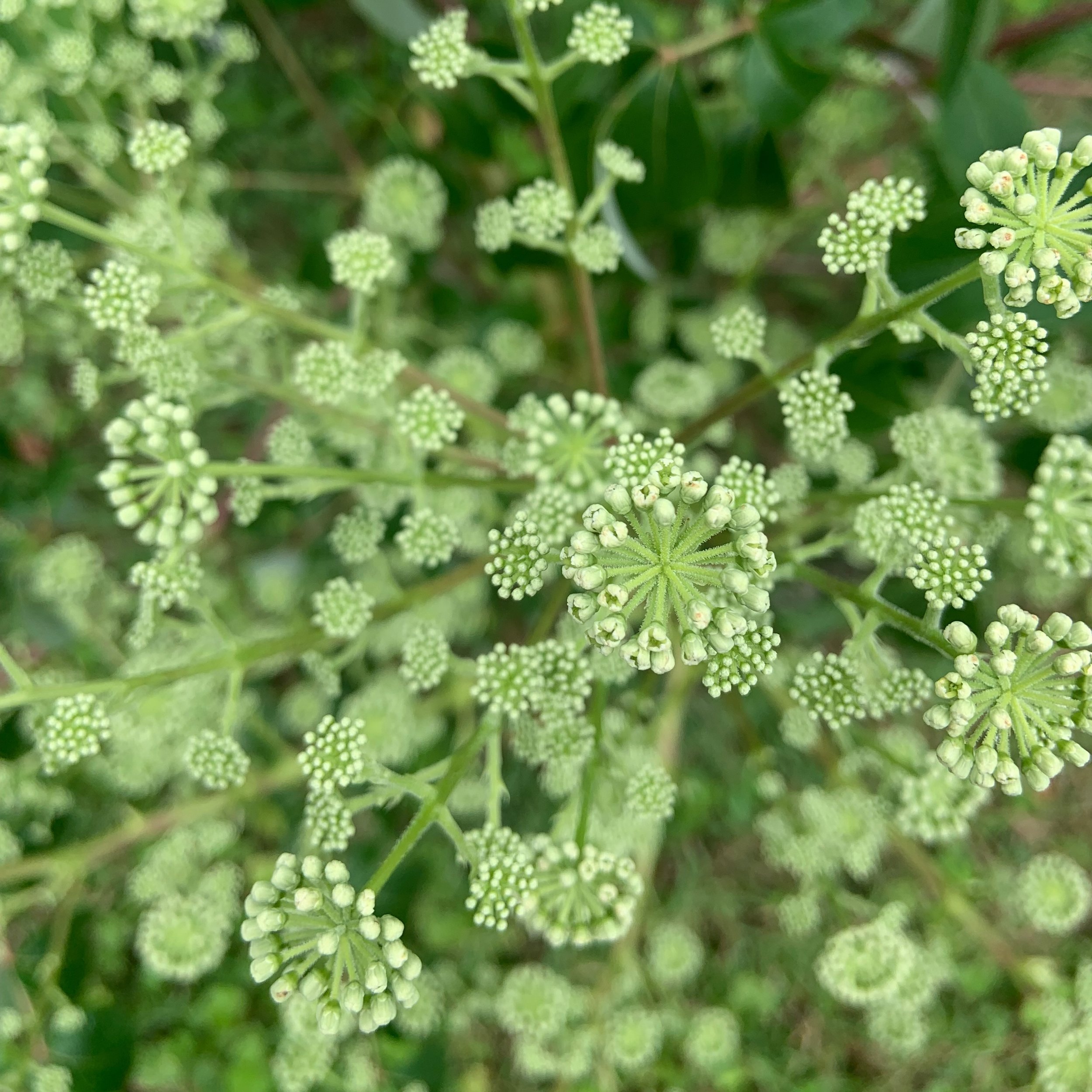The Case for Diversifying Our Native Plant Collections
By Sam Settlemyre, CGC Conservation Program Manager
In recent years, the CGC has shifted to an ecological approach to gardening with a focus on native plants. To convince people that native plants can, in fact, play nicely in the landscape and are worth adding to home gardens, we tend to promote a small selection. Native plants like purple coneflower (Echinacea purpurea), columbine (Aquilegea canadensis) and butterfly weed (Asclepias tuberosa) are commonly recommended for those new to gardening with natives. They both look beautiful and align to traditional expectations of how a plant “should” act in a garden—meaning that when added to ornamental landscapes where plants are kept spaced apart with mulch in between, they don’t spread rapidly or get too tall and flop over. But it's time to change that paradigm.
If you’ve jumped on the native plant train, you’re likely already aware of the ecological importance of native plants and their role as food for wildlife. The problem is that when we only plant a few species of native plants, we aren’t adding the level of diversity needed to make our yards into functional habitats for insects and other wildlife. That doesn’t mean you won’t see a few pollinators stop by for a drink of nectar, but you likely aren’t providing the resources needed for an insect to set up full-time residency in your yard. Moving beyond the most common native plant species can be challenging, but the reward is well worth the effort.
I believe the best way to diversify the native plants in your yard is to start planting and learn as you go. When it comes to successfully growing native plants, you learn the most by working with the plants themselves. You learn their tendencies and preferences, which helps you understand how to maintain the plant over time, so it’s best to start small. Try adding one or two new species to your yard and see how they do. If you’re successful, add another one or two species next season, slowly expanding the plant diversity in your garden.
As you begin experimenting with new species, you will have failures. You might find that a species you’re excited to grow dies off in your yard no matter where you plant it. Meanwhile, a species you expected to stay put might move around your garden unexpectedly, showing up in places you’d rather it not. Each bump in the road is a learning opportunity—and one that might force you to change course and adopt a new strategy in your garden.
As you’re probably noticing, a willingness to be flexible is crucial when growing native plants! Unlike many ornamentals, which have been bred for consistency, native plants might adopt different growth habits depending on the conditions in your yard. They are dynamic organisms that adapt to the environments in which they’re planted. While this might sound intimidating, it’s one of the elements I find so exciting about gardening with native plants. If you can shift your mindset, you might, too.
Another important piece of diversifying the plant species in your yard is to find your community of plant people. For most of us, gardening is far more rewarding when we get to share it with others. Finding a community of fellow plant enthusiasts is a great way to continue learning as you exchange ideas and observations with others. Whether you join a native plant Facebook group, take a class at the CGC or connect with a group like WildOnes, there are plenty of opportunities here in Cincinnati to find fellow native plant nerds.
Being part of a native plant community also gives you the opportunity to share plants and seeds. Native plants can be hard to find, and costs quickly add up when you’re looking to redo large sections of your yard. Exchanging plants, seeds and information helps others add more native plants to their yards and goes a long way in attracting new people to join the native plant movement.
As the native plant movement continues to evolve, we must find ways to bolster the sense of community and overall knowledge around cultivating a wider range of native plants in our yards and public greenspaces. I believe this effort will not only make a significant ecological impact but will help us build more intentional human relationships and a shared respect for our natural world.
A great place to get started is by visiting our Fall Native Plant Festival on September 7, where you’ll find a huge selection of interesting native plant species and plenty of fellow native plant enthusiasts. We hope to see you there!

